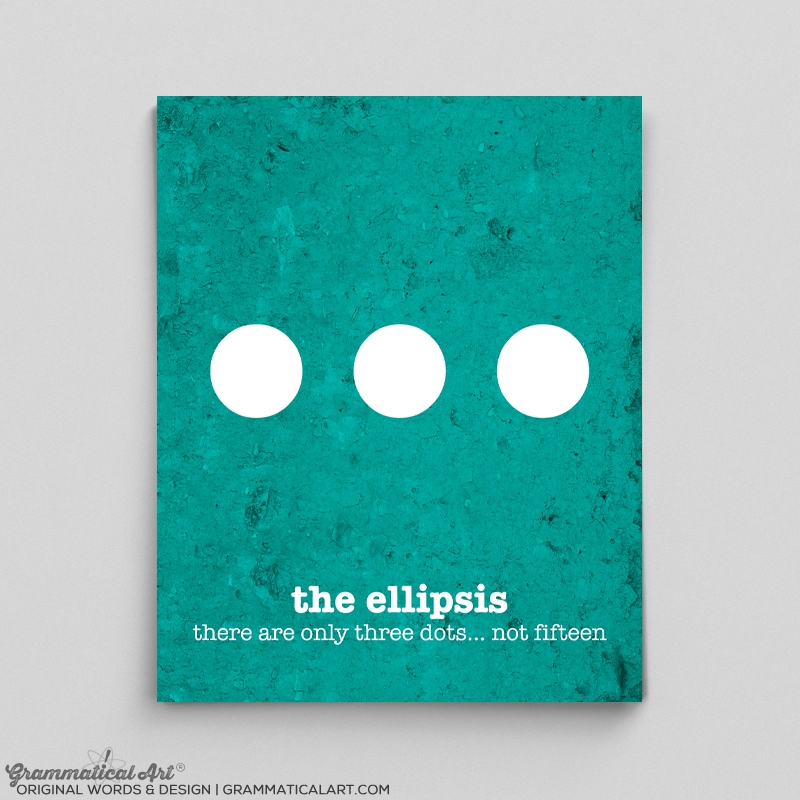Ellipsis is a commonly used punctuation mark in grammar that serves to indicate the omission of words in a sentence. It is a powerful tool that can help to make writing more concise and easier to read. Understanding how to use ellipsis correctly can greatly enhance the clarity and flow of your writing.
When used appropriately, ellipsis can create a sense of anticipation or suspense in a sentence. It can also be used to indicate a pause in speech or to show that a thought is trailing off. By mastering the use of ellipsis, you can add depth and nuance to your writing.
Ellipsis in Grammar
Ellipsis consists of three periods (…) that are used to indicate the omission of words in a sentence. It is important to note that ellipsis should only be used to omit words that are not essential to the meaning of the sentence. Overusing ellipsis can make your writing appear choppy or disjointed, so it is important to use it judiciously.
One common use of ellipsis is to indicate the omission of words at the beginning or end of a quote. For example, if you are quoting a passage from a book but only want to include a portion of it, you can use ellipsis to show that some words have been left out. This can help to streamline your writing and make it more focused.
Ellipsis can also be used to create a sense of hesitation or uncertainty in a sentence. For example, if a character in a story is unsure of what to say, you can use ellipsis to show that they are pausing to gather their thoughts. This can add depth and realism to your writing, making it more engaging for the reader.
In conclusion, ellipsis is a versatile punctuation mark that can greatly enhance the clarity and impact of your writing. By using ellipsis judiciously and thoughtfully, you can create a sense of anticipation, suspense, and depth in your sentences. Mastering the use of ellipsis is an important skill for any writer looking to improve the quality of their writing.
